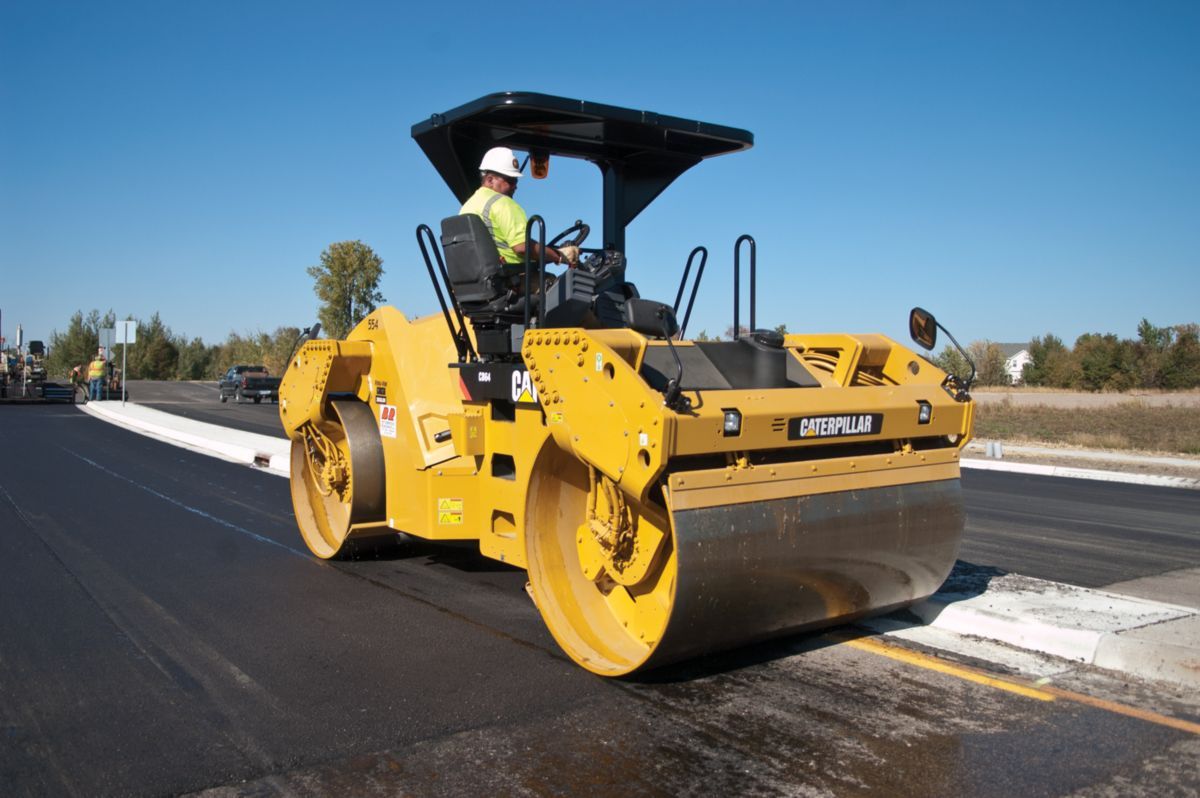Contact Us
RoadVision AI
Private Limited
Office No. 308 & 310, B Block
Ansal Chamber - 1, Bhikaji Cama Place,
Near Engineers India Limited (EIL) Bhawan, New Delhi - 110066
© 2024 | RoadVision AI | All rights reserved
Maintaining road rollers is a critical component in ensuring efficient and high-quality road construction. The Indian Roads Congress (IRC) introduced the IRC SP 025: 1984, titled "Guidelines on Maintenance of Road Rollers," to provide systematic maintenance strategies for road rollers. This blog delves into the key aspects of the IRC SP 025: 1984 code, offering insights into road roller maintenance, safety practices, and troubleshooting.

The IRC SP 025: 1984 document serves as a comprehensive manual to maximize the efficiency, durability, and service life of road rollers. It highlights the importance of regular and preventive maintenance to avoid costly repairs and project delays.
Key components covered in the IRC SP 025 include:
Road rollers come in various types, including smooth wheeled rollers, pneumatic tyred rollers, vibratory rollers, and sheepsfoot rollers. While specific features may vary, the basic maintenance requirements remain largely consistent. These include maintaining:
Proper upkeep ensures the longevity of these components, reduces downtime, and enhances operational efficiency.
The IRC SP 025 recommends a structured maintenance routine based on operational hours:
These schedules aim to minimize wear and tear, reduce breakdown risks, and ensure compliance with safety standards.
Safety is a cornerstone of the IRC SP 025 guidelines. Operators must follow these measures to protect both personnel and machinery:
The IRC SP 025 includes a troubleshooting guide for addressing common mechanical issues:
Adhering to these troubleshooting steps can minimize downtime and ensure smooth operation.
Preventive maintenance isn’t just a technical requirement; it’s an economic imperative. The guidelines emphasize regular inspections and timely repairs to extend the life of the roller and optimize its performance.
The IRC SP 025: 1984 is an invaluable resource for engineers, supervisors, and operators in the road construction industry. By implementing these maintenance and safety guidelines, road construction projects can achieve enhanced durability, reduced costs, and efficient operations.
RoadVision AI is revolutionizing roads AI and transforming infrastructure development and maintenance with its innovative solutions in AI in roads. By leveraging Artificial Intelligence, digital twin technology, and advanced computer vision, the platform conducts thorough road safety audits, ensuring the early detection of potholes and other surface issues for timely repairs and improved road conditions. The integration of potholes detection and data-driven insights through AI also enhances traffic surveys, addressing congestion and optimizing road usage. Focused on creating smarter roads, RoadVision AI ensures compliance with IRC Codes, empowering engineers and stakeholders to reduce costs, minimize risks, and elevate road safety and transportation efficiency.